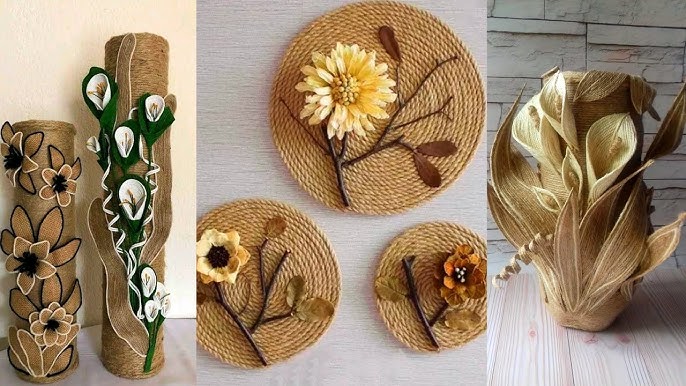SIGN UP FOR NEWSLETTER
Be the First to Know. Sign up to newsletter today

Jute, a strong and eco-friendly natural plant fibre, is also known as the “Golden Fibre” . It was discovered in the early 17th Century & by the Dutch & the French. It is made from the flowering plant known as Corchorus. Jute is woven into a rough fabric known as hessian/burlap. It is also among the most common raw materials used in normal jute bags, ropes, home decor & handicrafts. Thanks to scores of skilful artisans, India is the world’s largest producer of jute as well as jute products. As a matter of fact, farmers grow jute in the eastern state of India, in Assam ,West Bengal & in Bangladesh.

British merchants exported jute form Bengal to replace flax, to reduce costs in Dundee Scotland. Thus was born the jute industry. Subsequently, spinning machinery was imported from Dundee to create jute spinning mills in India.

Available at Delhi:- Assam Emporium, Dilli Haat, Central cottage industries
Available at Bangalore:- Central Cottage Industries
Craftsmen usually make products as per the demands of a particular buyer. These include rugs, bags, chappals, carpets, footwear, baskets, wall hangings, jewellery, coasters, showpieces,table mats, lamp shades, flower vases, phone covers, jewellery and decorative articles.
These handmade items are in huge demand in both the national and the international markets too. Low-cost gunny bags are also made from this fabric, though of the lowest quality. They come in handy for transporting items like pulses, rice, cement, vegetables etc. As a matter of fact, there are government mandates to use jute bags for transportation of commodities from factory to warehouse in several States. This is to replace plastic bags that are not eco freindly.

Ancient Indian scriptures namely, Manu Samhita and Mahabharata mention Jute as a raw material. According to Ain-e-Akbari, a 16th century historical document by Abul Fazal, Indian villagers used to wear clothes made of this fabric.
In the year 1856, the first mill kicked off production in Bengal. In a span of 13 years, a total of five mills started operating with 950 looms. Moreover, the industry continued to impress with speedy growth. By 1910, 38 companies had begun operations with 30,685 looms.
Later, countries like France, Germany, America, Belgium, Russia, Italy and Austria also grew to become manufacturers. Interestingly, this industry continues to be a source of livelihood to 250,000 mill workers along with 4 million farmers’ families in India alone.
Carpets in Andhra Pradesh are made of cotton & Jute.
Be the First to Know. Sign up to newsletter today
141 views